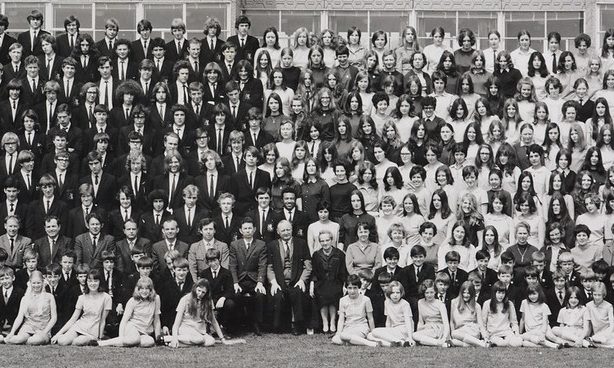
Grammar schools
Grammar schools in Britain have a history stretching back to the 7th century, with churches and universities incorporating schools to teach the all-important Latin and the classics. Following a long period when grammar schools were mainly funded by tuition fees but also offered free places via scholarships, the Education Act of 1944 established 1,200 grammar schools entirely funded by the state. However, there remained 179 other grammar schools still charging fees.
In the decades that followed, the world of high-class education was opened up to students from all backgrounds who passed the ’11-plus’, an I.Q. test. Latin was still taught and students were streamed according to ability. Sports such as cricket and hockey were played and high achievement was expected both in the sporting arena and academically, with most students moving on to the top universities.
In 1976, the state-funded grammar schools were heavily encouraged to convert to non-selective ‘comprehensives’. Margaret Thatcher halted this when she became Prime Minister in 1979 and managed to save ninety-four grammar schools. Some areas, such as Kent and Lincolnshire, still have a grammar school system today, with their own admission tests. These schools are in extremely high demand.
(Image: Clint Budd at Flickr.com / CC BY 2.0)
